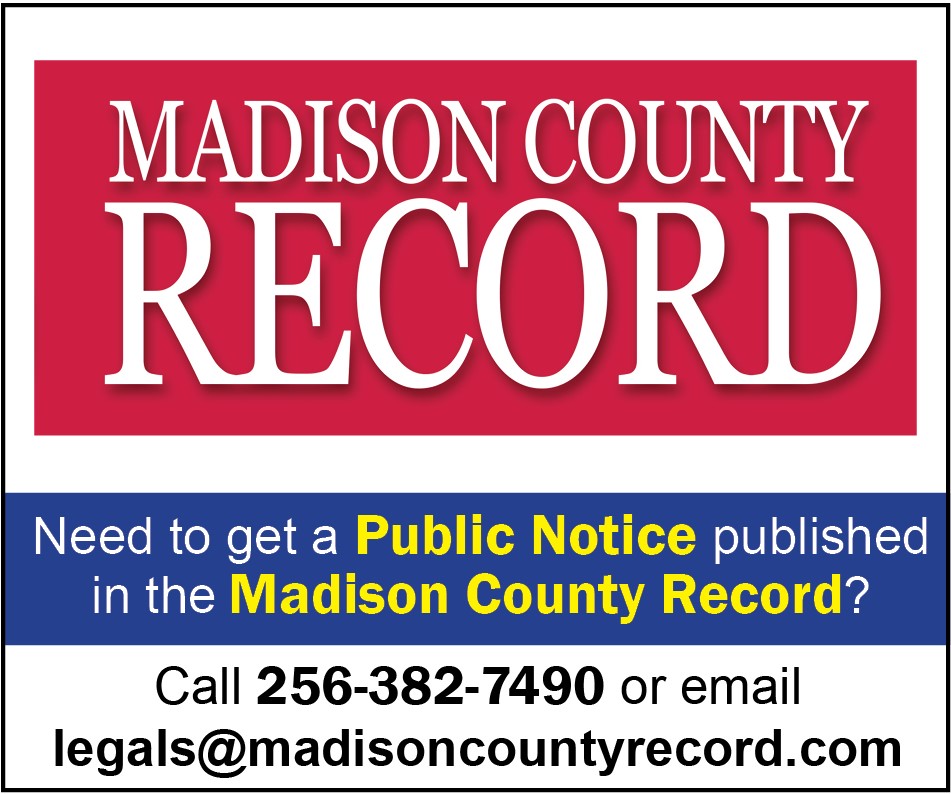BJHS Basketball to host combined ‘Be the Match’ and Alumni Night Jan. 11
MADISON — In addition to honoring numerous alumni at their Jan. 11 games, the Bob Jones High School Basketball program will be bringing the crowd’s attention to one alumnus in particular.
Brandon Harris, a 2012 graduate of Bob Jones and former member of the Patriots Boys Basketball team, will be in attendance as a regional representative from Be the Match helps to educate the public on why it is important to register as a bone marrow or blood stem cell donor for people like Harris.
These days, Harris is employed at Hexagon/Intergraph via a subcontractor and has a 4-year-old daughter. In February 2018, Harris was diagnosed with aplastic anemia and paroxysmal nocturnal hemoglobinuria (PNH). These rare and serious conditions spell a need for a blood stem cell transplant, and the BJHS Basketball Hardwood Booster Club is looking to help raise awareness in the hopes that Harris may find a match through a member of the community.
“A lot of times, to get a donation, it’s like a shot in the dark,” said Misti Hopkins, vice president of the booster club. “Your best [bet] is your sibling, but then if that’s not a good match, then they have to go out to the public to try to find a match.”
Hopkins said an informational table will be set up in the lobby to help attendees learn more about the process of joining a registry and what to expect if a match is made.
Rachel Harris, who handles community engagement for Be the Match in the Southeast, will also be at the basketball games to explain more about the needs of Harris and others battling various blood diseases. She will also be answering any questions attendees may have about Be the Match.
Someone is diagnosed with a blood cancer every three minutes, according to information provided by Rachel. Be the Match is an organization that works to connect these patients with a genetically compatible bone marrow or blood stem cell donor.
About 14,000 patients each year must turn to the public to find a donor, and the need for a genetically diverse donor registry is still great.
According to a November 2011 article from Gift of Life, ethnic diversity is an “extremely important factor” in donating bone marrow and peripheral blood stem cells (PBSC). “Patients suffering from life-threatening diseases like lymphoma and leukemia often need a bone marrow transplant, and they rely on someone with a similar tissue type to be their perfect match,” the article reads. “Tissue type is encoded into a person’s DNA and is, therefore, hereditary. That is why a patient’s best chance of finding a genetic match lies with those of similar ethnic or racial ancestry. That is also why increasing racial and ethnic diversity in the worldwide bone marrow registry is crucial to finding matches for all patients in need, particularly those who have a unique ethnic background, such as Hispanic, Asian, Jewish, African-American, or a multi-cultural background.”
In addition to understanding the need for an ethnically diverse registry, Rachel said there are a few other important points to know when considering joining:
- Potential donors must be between 18 and 44 years old.
- They must be willing to donate to any patient.
- The guidelines are different than giving blood – there are no travel restrictions, lived in Europe, etc.
- Most of the donations are stem cells, and it is a blood process – not what they show on TV.
- Only 1 in every 540 people that join will ever be a donor, but they could be that one person who can save a patient’s life.
Once a person decides to join the registry, he or she is sent a cheek swab kit in the mail. Once the sample is sent back to Be the Match, that person will not be contacted unless they are identified as a match. It could take weeks, months or even years for this to happen.
“If called, you’re a patient’s best genetic match from the entire registry and perhaps their only hope for a cure,” according to bethematch.org.
The website emphasizes that the majority of donors give through PBSC donation. In this process, a machine draws blood from one arm, extracts the needed cells and returns the remaining blood through the other arm. Bone marrow donation, which many tend to shy away from for its reputation as a scary and painful procedure, is not the horror that popular movies and TV shows have often made it out to be. Donors are administered anesthesia during the procedure so they feel no pain. Recovery varies from person to person, though common side effects may include back pain, fatigue, headaches or bruising for a few days or weeks.
A halftime presentation, during which Harris will be introduced, will provide more information.
“Obviously Brandon’s an alumni, and anything that we can do to help get the word out and possibly find a match for him is near and dear to our heart,” Hopkins said.
To read more about Be the Match or join the registry, visit join.bethematch.org/BJHS.
The Alumni/Be the Match night will begin at 4 p.m. and last through the evening’s basketball games at Bob Jones, ending at approximately 9 p.m.
Bob Jones High School is located at 650 Hughes Rd. in Madison.



















